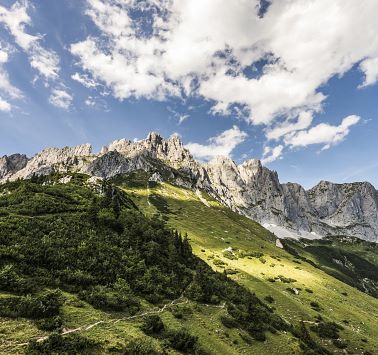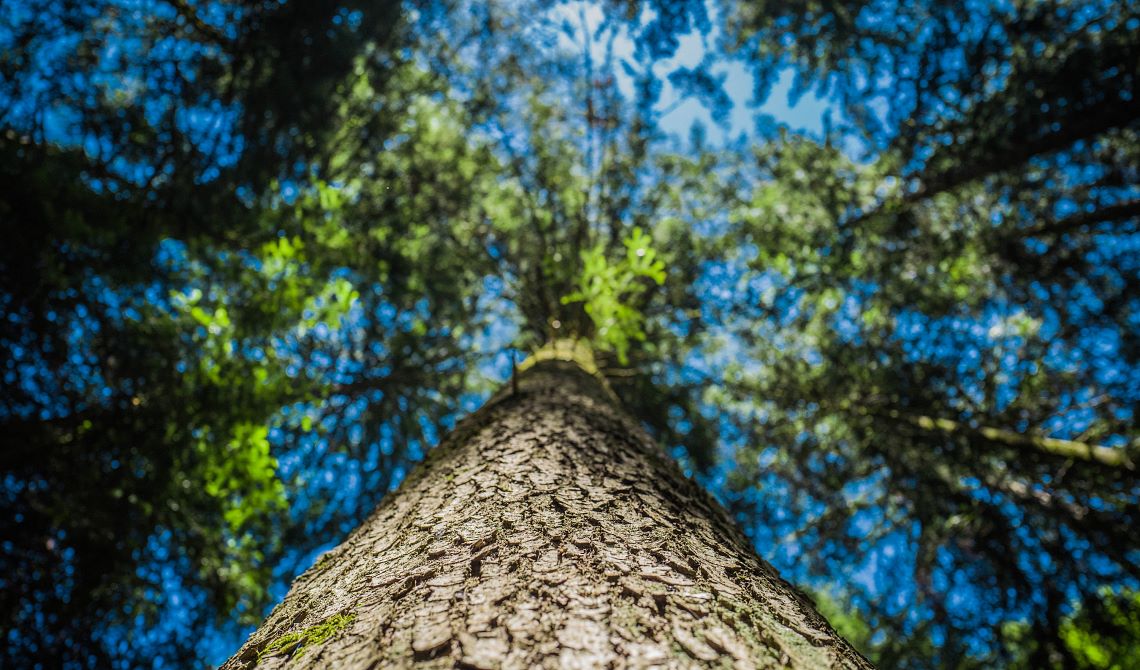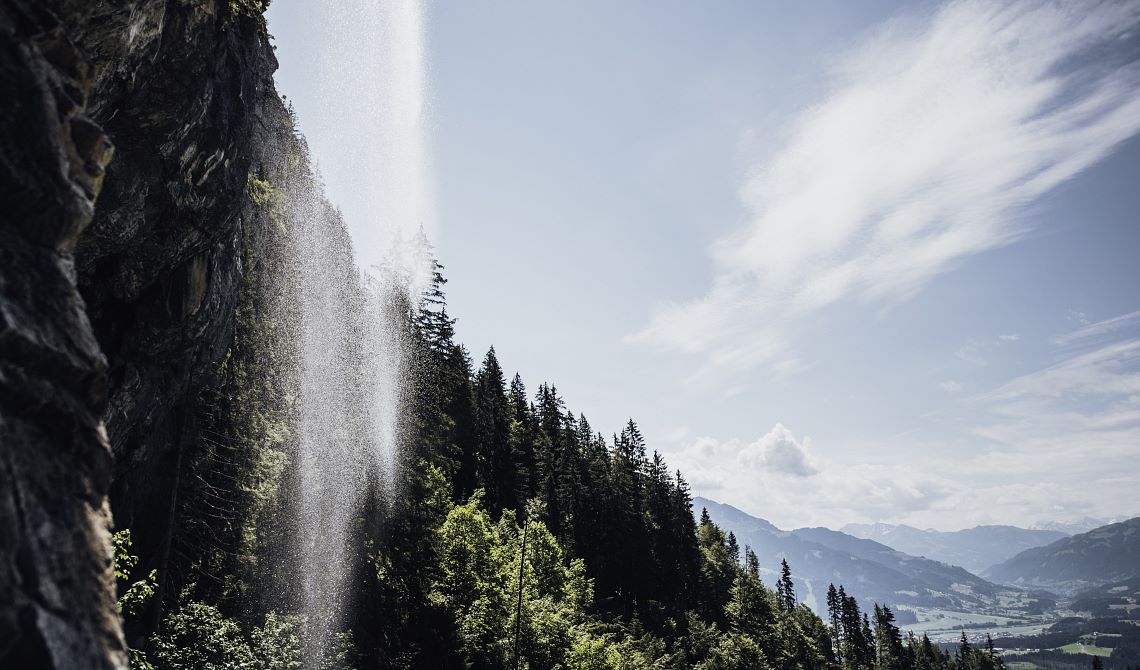Kaisergebirge nature reserve

Nature in the
Wilder Kaiser region
Flora & Fauna in Ellmau, Going, Scheffau and Söll
#evenbetterinreality
The Wilder Kaiser region along with the Kaisergebirge nature reserve and the Ramsar conservation area are an ideal refuge for numerous animals and plants. Contrast, more than anything else, promotes the diversity of life. Witness the variety of rugged cliffs and gentle slopes, dense forests and mossy wetlands, crystal-clear mountain lakes and lush Alpine meadows...
The best way to experience nature is with your eyes wide open. With all your senses, discover the many wonders great and small along the way. Get involved and explore the diversity of flora and fauna in the Wilder Kaiser region.
The Wilder Kaiser region is home to a diverse variety of plants and animals. About 940 flowering plants, 38 fern species and over 400 moss species are at home here. The forests are mostly mixed and largely consist of beech, white fir and spruce trees. In addition, there are also ash trees, sycamore maples, alders at higher altitudes, and even higher up, mountain pines or pink Alpine shrubs.
At this altitude, you will typically encounter chamois. If you look closely you might also spot a European snow vole or a mountain hare. Further down, however, there are particularly unusual animals to discover. As a result of ice-age processes, a number of rare invertebrates make their home in the Kaisergebirge mountain range, e.g. a special earthworm as well as rare species of snails and spiders. Typical vertebrates found in the Kaisergebirge mountain range include Alpine and fire salamanders, smooth snakes, adders, edible or hazel dormice, and bank voles. And if you're wondering which bird is calling, a full range of species exists here from crag martins to golden eagles.
The forests in Ellmau, Going, Scheffau and Söll are also home to many wild animals. Again and again, you’ll have the possibility to spot roe deer, red deer, foxes, badgers or squirrels.
Buying bottled water? This is not necessary in Austria. Pure and especially refreshing drinking water is available here directly from the tap. In the Wilder Kaiser region, this luxury is taken a step even further: the lakes, rivers and streams are fed with crystal clear water from the surrounding mountain springs. But beware: while there are usually plenty of opportunities to refill your water reservoirs in the valley, there are hardly any fountains or streams in the Kaiser Mountains because the water quickly seeps away in the limestone. So always take enough to drink with you...

Experience nature in the Wilder Kaiser region

Moorland hikes in Going in the Wilder Kaiser region

Forest bathing in the Wilder Kaiser region

Schleier Waterfall - Going in the Wilder Kaiser region

Hiking at the Hintersteiner See lake in Scheffau in the Wilder Kaiser region